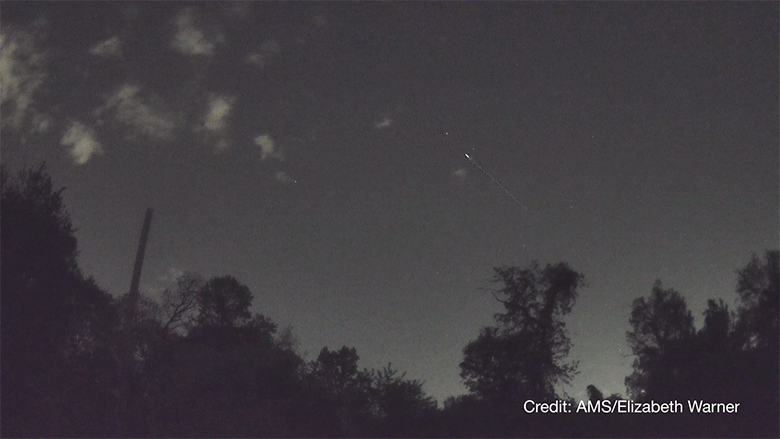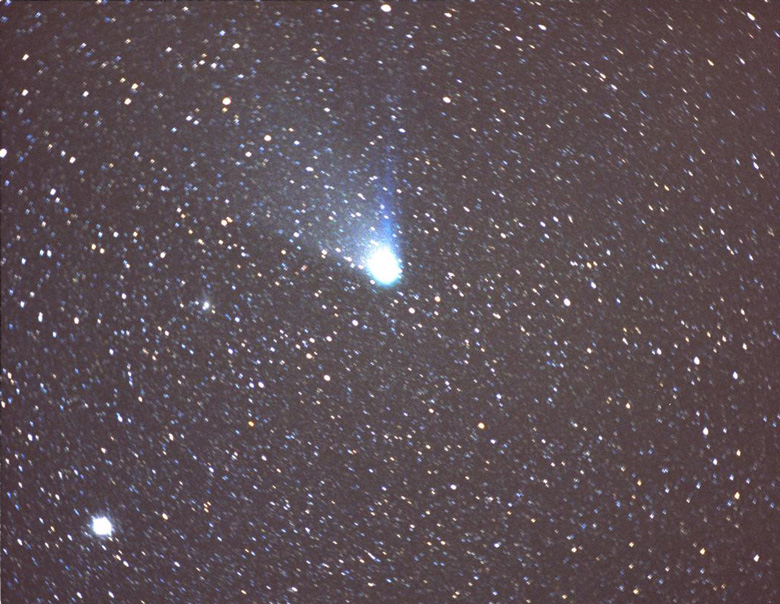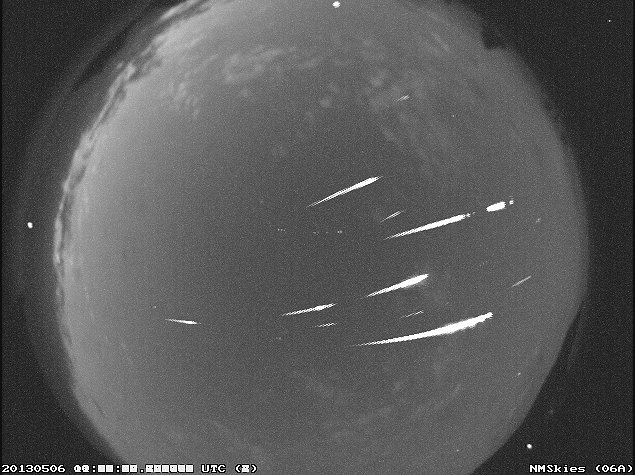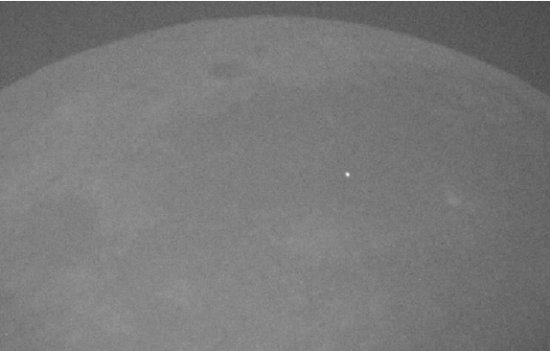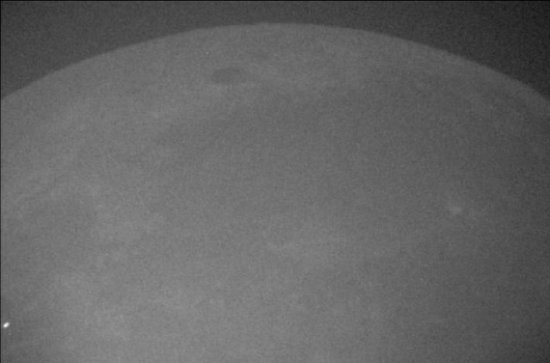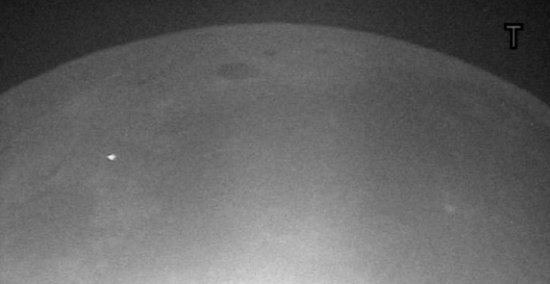The eta Aquariid meteor shower should put on a spectacular sky show this year with meteor rates up to one per minute! The typical peak viewing time would normally be the night of May 4 into the morning of May 5. However, due to the outburst, May 2-6 could provide excellent skygazing opportunities.
According to Bill Cooke, who leads the Meteoroid Environment Office at NASA’s Marshall Space Flight Center in Huntsville, Alabama, many of the shooting stars we see this year are actually caused by material from Halley’s Comet that is around 3,000 years old. As Earth runs into that debris, we can see streaks of light across the sky. When our planet moves through concentrated clumps of material, we can get a meteor outburst. The next time the eta Aquariids will outburst is about 20 years from now.

Explanation: Grains of cosmic dust streaked through night skies in early May. Swept up as planet Earth plowed through the debris streams left behind by periodic Comet Halley, the annual meteor shower is known as the eta Aquariids. In 2022, the eta Aquariids peak was visually hampered by May’s bright full Moon. But early morning hours surrounding last May’s shower of Halley dust were free of moonlight interference. In exposures recorded between April 28 and May 8 in 2022, this composited image shows nearly 90 eta Aquariid meteors streaking from the shower’s radiant in Aquarius over San Pedro de Atacama, Chile.
To really top off this year’s event, the new Moon aligns with the peak nights, therefore there will be no light interference to obscure the fainter meteors. There’s only one catch with this shower in particular – the best viewing time is from 4 a.m. to dawn. You will be able to see the glowing in the early evening, as the constellation Aquarius does not rise until around 4 a.m. local time. Set the alarm, grab the coffee, and settle in for what should be a magnificent meteor shower experience.
By Lauren Perkins
NASA’s Marshall Space Flight Center

